Innovating Education, Outreach, and Mentorship With Organic Chemist Neil Garg
March 1, 2023
Continue Reading
Students With Visual Impairments Empowered to Explore Chemistry Through SEPA Project
February 15, 2023
Continue Reading
Got Calcium?
February 1, 2023
Continue Reading
So Much to Do, So Little Selenium Needed
December 21, 2022
Continue Reading
The Chemistry Clicked: Two NIGMS-Funded Researchers Receive Nobel Prize
December 7, 2022
Continue Reading
Science Snippet: ATP’s Amazing Power
November 16, 2022
Continue Reading
In Other Words: The Measure of a Mole
October 19, 2022
Continue Reading

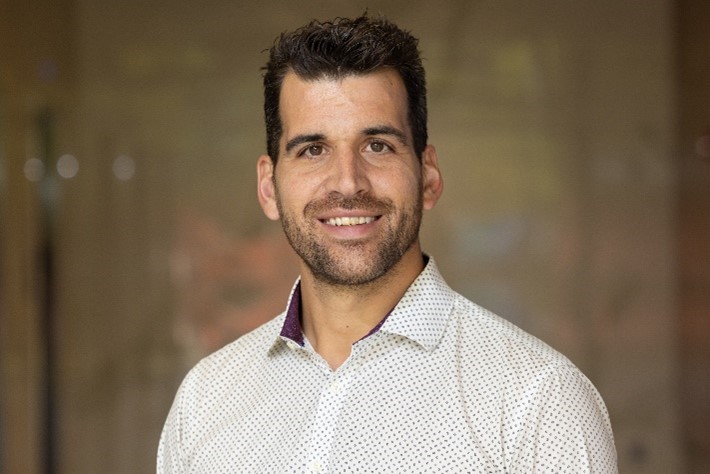
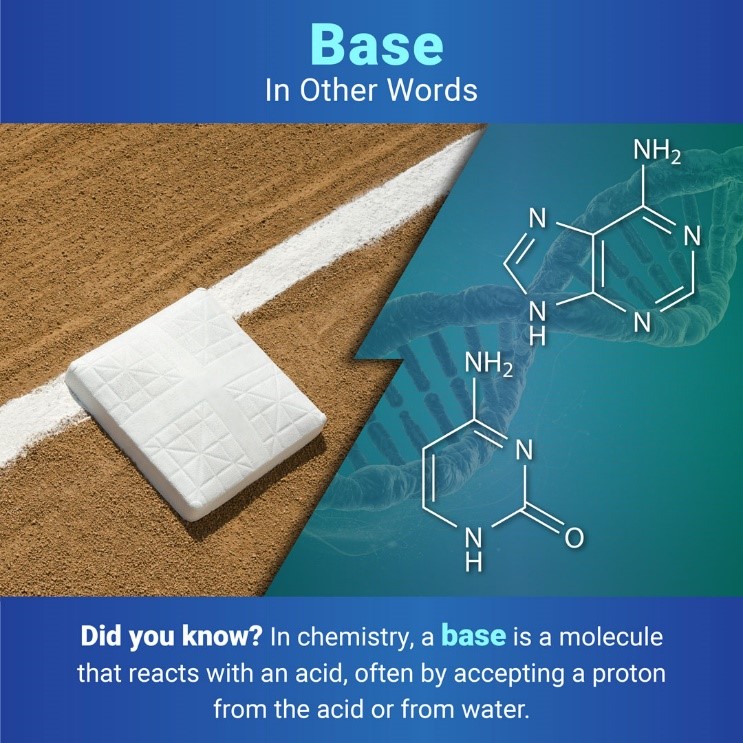
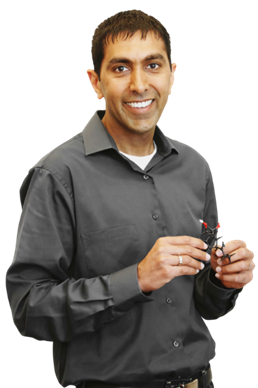
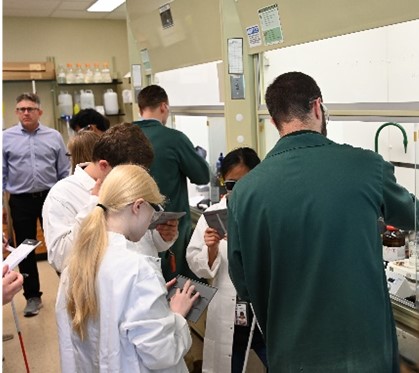
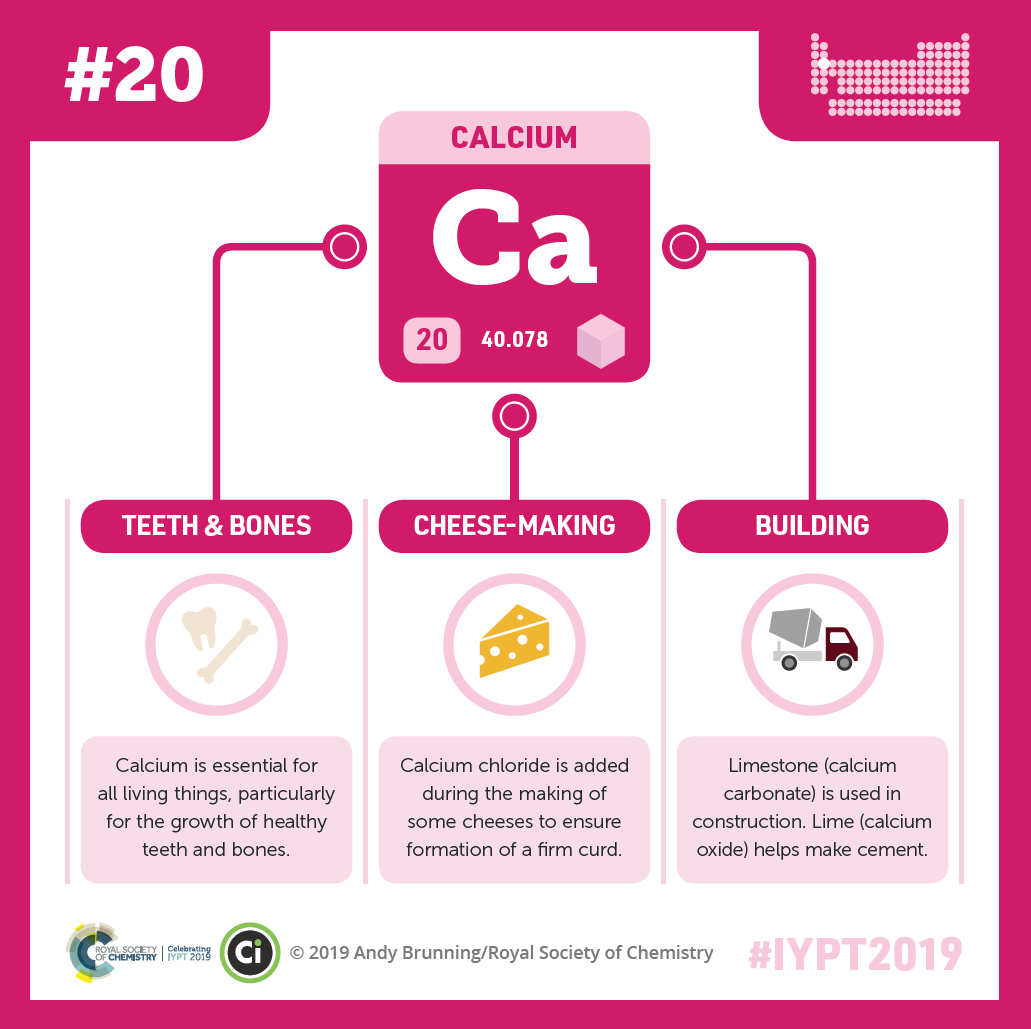 Calcium keeps your bones strong, allows your muscles to move, and is important for many other bodily functions. The element is found in foods, medicines, and the world around us. Credit: Compound Interest
Calcium keeps your bones strong, allows your muscles to move, and is important for many other bodily functions. The element is found in foods, medicines, and the world around us. Credit: Compound Interest 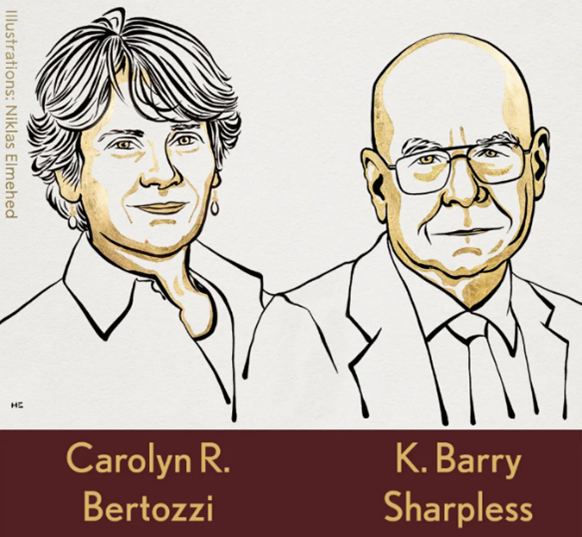
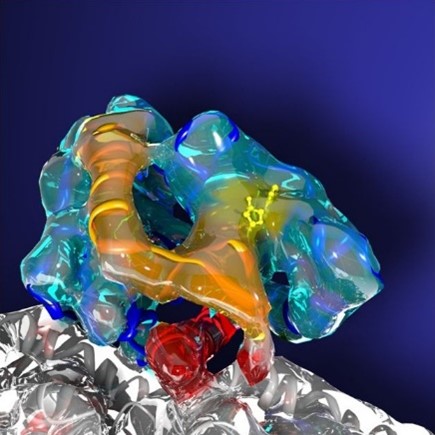
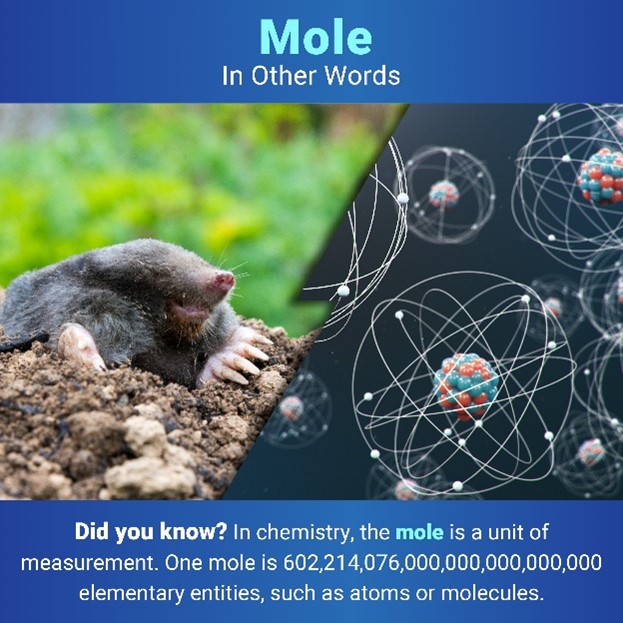
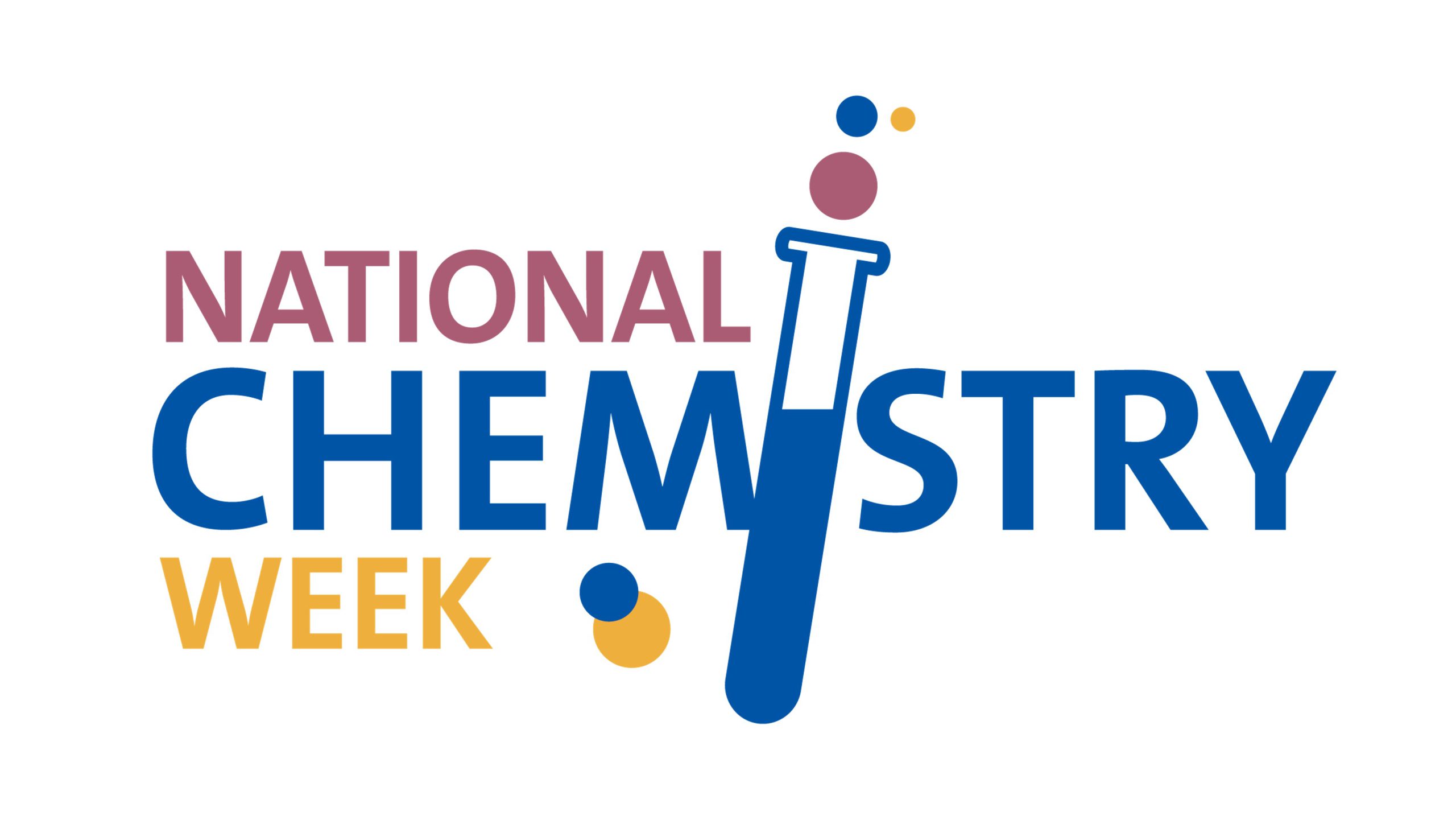 Credit: ACS Website.
Credit: ACS Website.